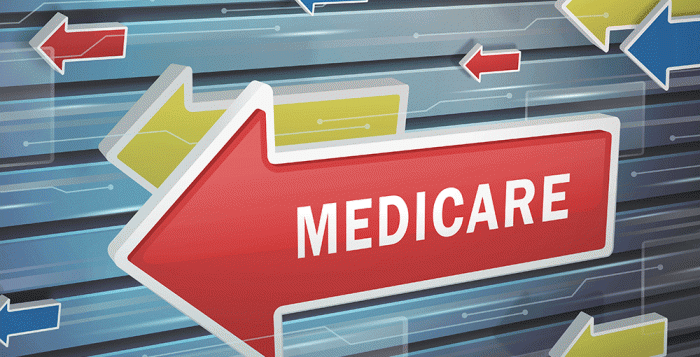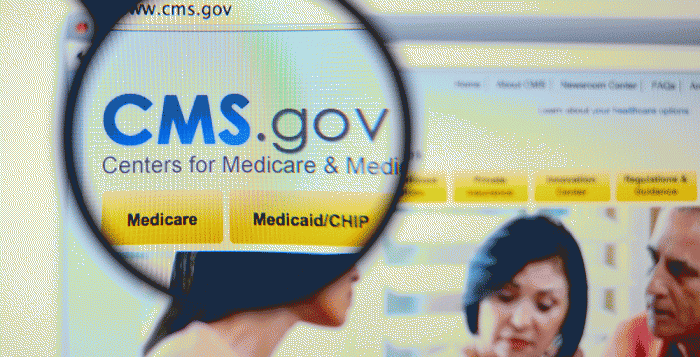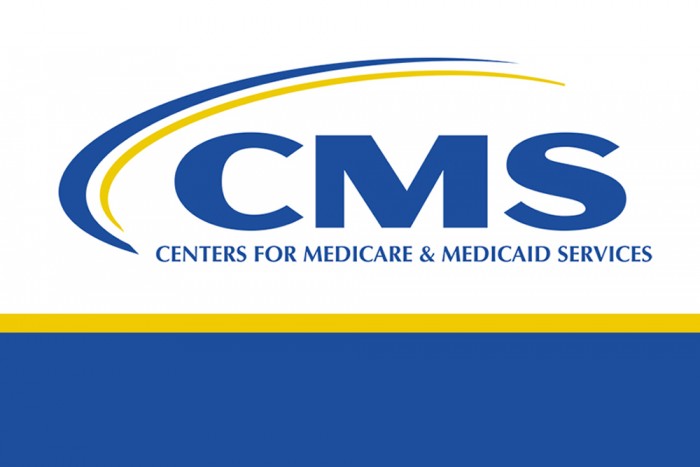HHS Releases $30 Billion In Relief Funding As Part Of Cares Act
The Department of Health and Human Services (HHS) released an initial $30 billion in relief funding to Medicare providers today as part of the CARES Act, bringing the total to be distributed in the coming months to more than $100 billion. Pennsylvania has been allocated more than $1 billion in funding, which is one of the highest distribution amounts in the country.
Providers who are enrolled in Medicare have been allotted a portion of these funds based on their share of 2019 Medicare fee-for-services reimbursements. These are payments, not loans, to health care providers and will not need to be repaid.
HHS is partnering with UnitedHealth Group to deliver the initial $30 billion distribution to providers as quickly as possible. Providers will be paid via Automated Clearing House account information on file with UHG, UnitedHealthcare, or Optum Bank, or used for reimbursements from CMS. Providers who normally receive a paper check for reimbursement from CMS will receive a paper check in the mail for this payment as well, within the next few weeks.
Within 30 days of receiving the payment, providers must sign an attestation confirming receipt of the funds and agreeing to the terms and conditions of payment. The portal for signing the attestation will be open Monday and will be available here.
# # #
CMS Clarifies Suspension Of Sequestration
CMS provided clarification around the suspension of sequestration in a special edition of MLNConnects: Section 3709 of the Coronavirus Aid, Relief, and Economic Security (CARES) Act temporarily suspends the 2% payment adjustment currently applied to all Medicare Fee-For-Service (FFS) claims due to sequestration. The suspension is effective for claims with dates of service from May 1 through December 31, 2020.
# # #
CMS Updated Questions and Answers on COVID-19
Update on Federal CARES Act Funding for Emergency Health and Social Services
Financial Resources Webinar: CARES Act and FFRCA Follow Up Q&A
Coronavirus Emergency Loans Guide and Checklist for Small Businesses and Nonprofits
Supervision Rulings for PA Professional Counselors, Social Workers, Marriage & Family Therapists
Federal Reserve Main Street Lending Program
From ACCSES:
The Federal Reserve made an announcement today that it would provide up to $2.3 trillion in loans to boost the economy. One of the loans they are creating is the Main Street Lending Program, which the Fed says “will enhance support for small and mid-sized businesses that were in good financial standing before the crisis by offering 4-year loans to companies employing up to 10,000 workers or with revenues of less than $2.5 billion. Principal and interest payments will be deferred for one year.
Firms seeking Main Street loans must commit to make reasonable efforts to maintain payroll and retain workers. Borrowers must also follow compensation, stock repurchase, and dividend restrictions that apply to direct loan programs under the CARES Act. Firms that have taken advantage of the PPP may also take out Main Street loans.”
The Federal Reserve announcement went on to say, “The Federal Reserve and the Treasury recognize that businesses vary widely in their financing needs, particularly at this time, and, as the program is being finalized, will continue to seek input from lenders, borrowers, and other stakeholders to make sure the program supports the economy as effectively and efficiently as possible while also safeguarding taxpayer funds.” Comments may be sent to the feedback form until April 16. The feedback form is here.
CMS Suspends Some Rules to Maximize Frontline Workers During COVID-19
The Centers for Medicare and Medicaid Services (CMS) received direction from President Trump to temporarily suspend a number of rules so that hospitals, clinics, and other health care facilities can boost their frontline medical staff as they take on the COVID-19 pandemic. The changes will focus on reducing supervision and certification requirements in order for practitioners to be hired quickly and perform work to the fullest extent of their licenses. As a result of this action, doctors can now directly care for patients at rural hospitals, across state lines if necessary without being physically present; Nurse practitioners can now perform some medical exams on Medicare patients at skilled nursing facilities so that patient needs can be met; Occupational therapists from home health agencies can now perform initial assessments on certain homebound patients; and Hospice nurses will be relieved of hospice aide in-service training tasks so they can spend more time with patients.
For additional guidance, CMS has published a list of workforce flexibilities that CMS has permitted thus far.
















